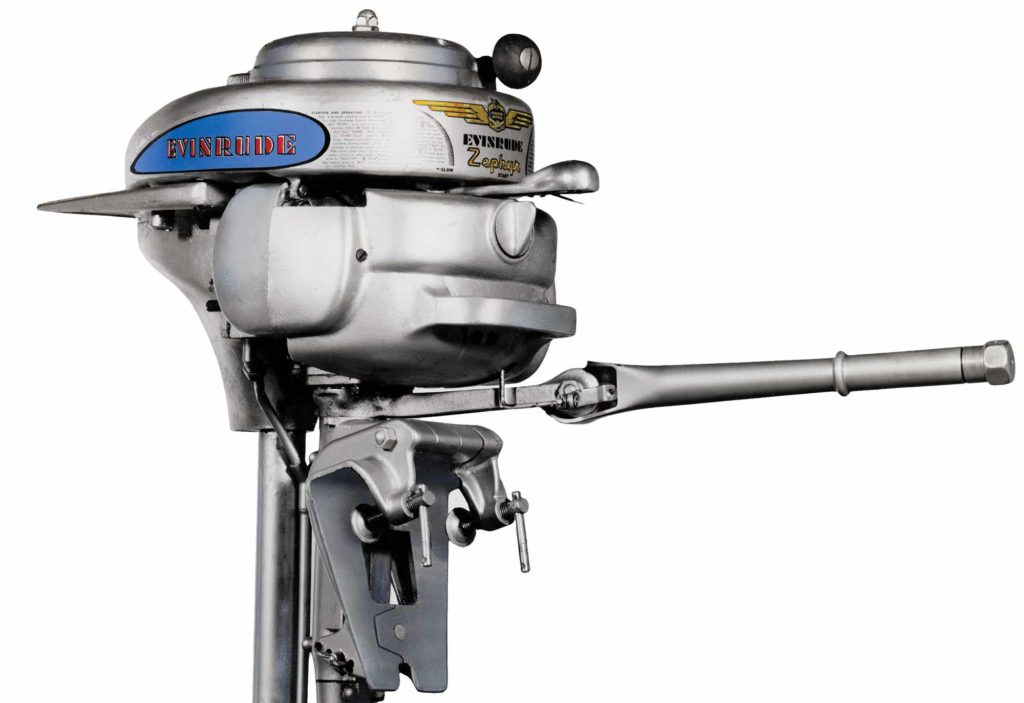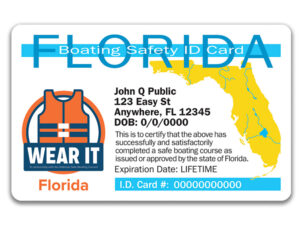
So, you’re a seasoned outboard owner, and you know the best way to prep for winter layup. Let’s see how much you know.
1. What should you do with the boat’s fuel supply before putting the rig up for winter?
A. Nothing; today’s fuels are clean enough and won’t go stale.
B. Treat the fuel with fuel conditioner.
C. Run all the fuel out of the engine by disconnecting the fuel line and letting the engine run out of fuel.
D.Treat the fuel with fuel conditioner and run the engine for at least 15 minutes to ensure the treated fuel gets into the engine thoroughly.
2. What should you do to the engine to help keep injectors and combustion chambers clean and free from stale fuel and carbon deposits?
A. Run engine with Marvel Mystery Oil.
B. Run engine with Dawn dish-washing detergent.
C. Nothing; you will harm the engine by injecting anything but regular fuel.
D. Inject most of a can of Engine Tuner, Power Tune, Sea Foam or equivalent into the engine’s intakes while running the engine at a fast-idle speed. Shut down the engine, wait overnight, then start the engine again and inject the rest of the can into the intakes.
3. What should you do to the gear case to prepare it for winter?
A. Nothing; it needs no maintenance.
B. Drain the lubricant and leave it empty for winter.
C. Drain the lubricant, checking for water intrusion (milky-appearing lube). If the lube is milky or burnt and black, have the gear case serviced before layup. If you can’t have it serviced, at least refill with fresh lube and remember to have it serviced before spring.
D. Clean and wax it, remove the propeller, and grease the propshaft. Have the propeller serviced and reconditioned if it’s damaged.
E. A and B
F. C and D
4. Why should you drain the gear-case lubricant and refill with fresh?
A. Just like your car, it’s time for a lube change.
B. The engine will feel fresher with new lubricant.
C. The old lubricant may have water in it due to a seal leak, and that water will rust gears, shafts and bearings over the winter if left in the gear case.
D. None of the above.
5. What about water in the engine’s cooling passages? Won’t it freeze and crack the block when the temperature drops below freezing?
A. You should pump antifreeze through the engine to prevent freezing.
B. Simply tilt the engine all the way down (to the running position) so all water runs out of the propeller, and it will be fine even in the lowest temperatures.
C. The water in the engine stays warm in winter because it’s inside.
D. If you have to store it tilted, run the water out first, then tape over the propeller hub so no water gets inside.
E. None of the above.
F. B and D
1. D. The fuel conditioner won’t do any good if you don’t run the engine long enough to get it into the carburetors (or fuel injectors).
2. D. Engine Tuner, Power Tune, Ring Free — these are all powerful detergents that help keep combustion-chamber carbon deposits to a minimum, thereby prolonging engine life by keeping pistons and rings free and clean.
3. F. These are the best steps to prep your gear case for the winter and make sure it’s ready for use come spring.
4. C. Water will separate from the lubricant and rust your gear case’s inner workings, making it a ticking time bomb next season.
5. F. If water gets into the gear case via the propeller exhaust hub, it may freeze and expand over the winter and crack the gear-case housing — an expensive “whoops!”









